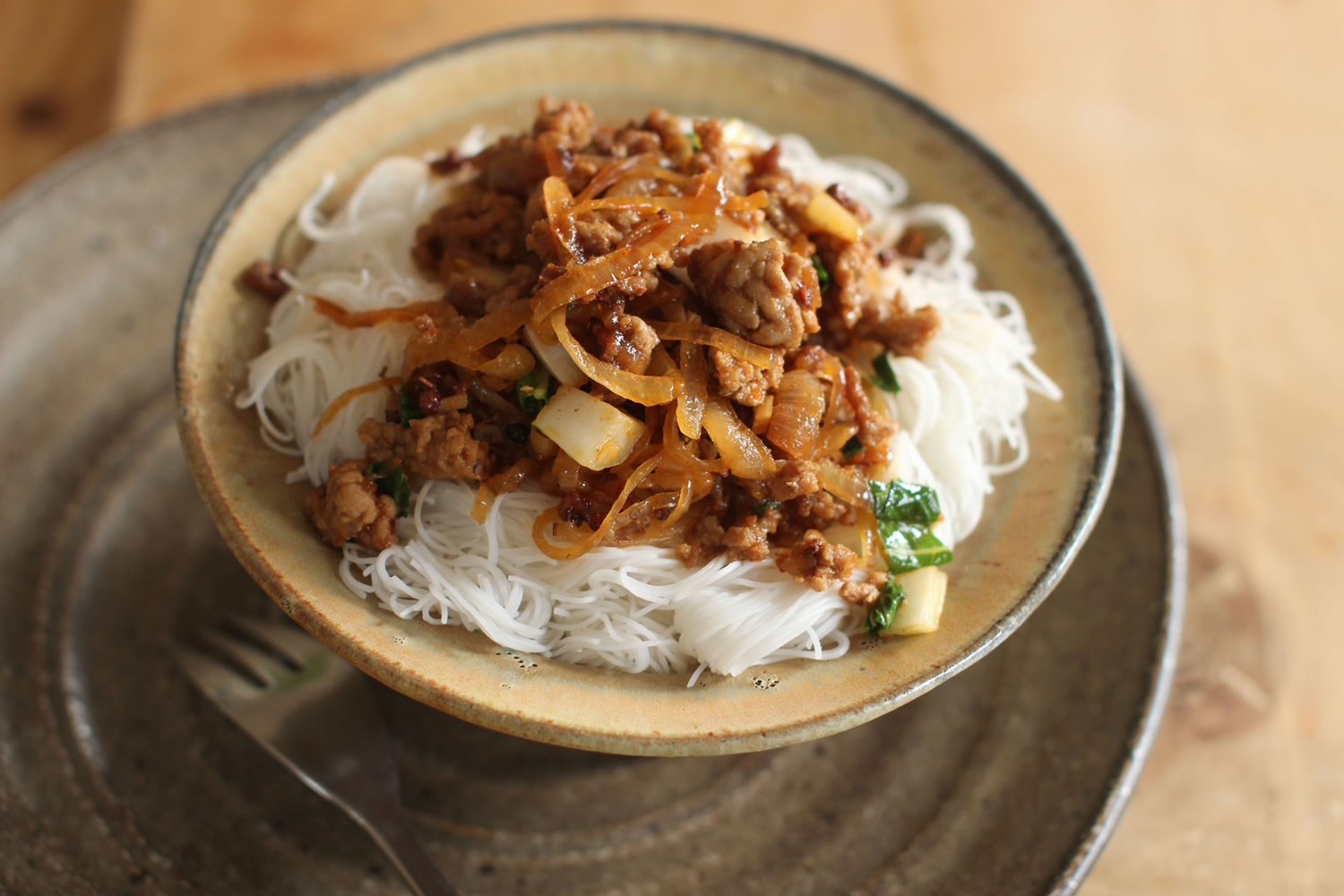Disney princesses reimagined as hot dogs and drunken rants by name-brand chefs are de rigueur for quarterly food magazine Lucky Peach. But a new cookbook from the journal’s editors leaves most of that on the table, favoring instead a just-campy-enough approach to Asian home cooking.
Launched in 2011 by New York food writer Peter Meehan and Momofuku chef David Chang, Lucky Peach combines award-winning long-form journalism with that special brand of hipness designed to make outsiders know where they stand. The cookbook from the self-proclaimed “cult” food magazine has some of that — see the chapter intro that mentions a staff Bacchanalia on Richard Branson’s private island — but also goes a long way to making you a master of easy Asian cooking.
Delicious, straightforward recipes for items such as shrimp-and-chive dumplings and the Japanese pancake called okonomiyaki fill “Lucky Peach: 101 Easy Asian Recipes,” along with romping commentary that makes the book fun to read as well as to cook from. We talked with Meehan about the book, the magazine, and the future of Asian cuisine in America. Edited for length and clarity.
AP: In 2011, with big magazines such as Gourmet out of business, you and David Chang founded Lucky Peach. Remind readers of the thought process there.



